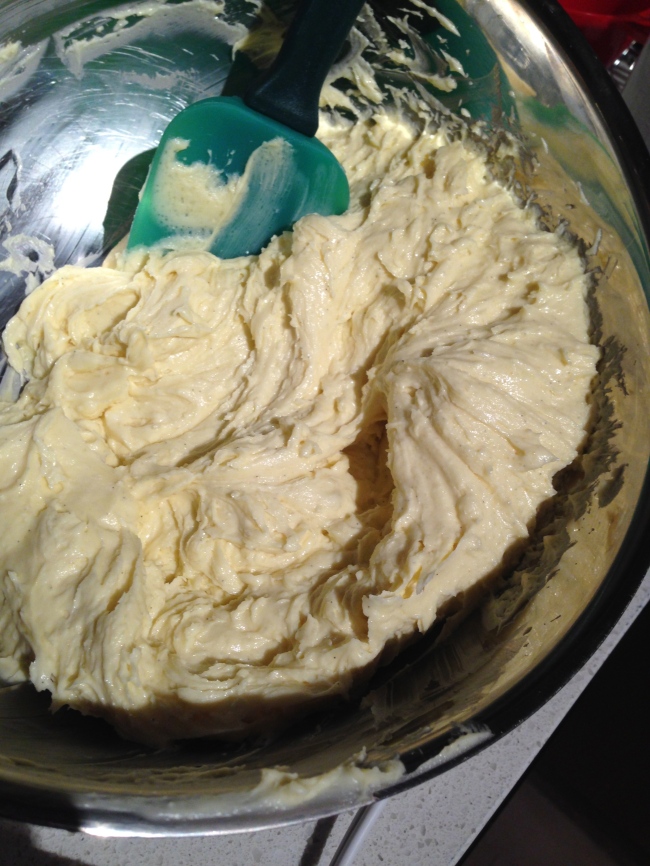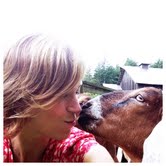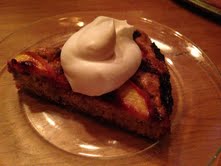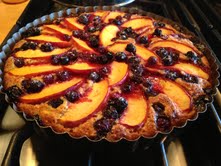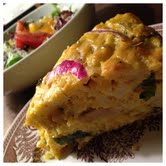Teaser; no chocolate here, though I must say that I made a fabulous chocolate rye brownie recently that I highly recommend trying. You’ll find the link here.
~I needed something self indulgent after a weekend of crafting gifts for others.
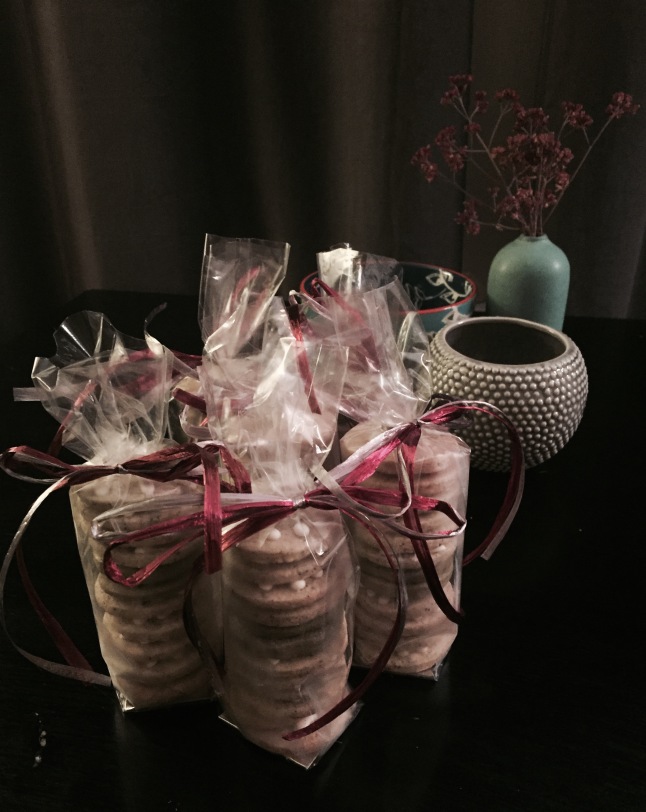 Writing recipes at times can be challenging. I like to buck the line at precision; and there are times when my “recipes” are just an approximation of this and that. Needless to say, this works much better in the realm of cooking, rather than baking, as there is a bit of science and technique one must follow.
Writing recipes at times can be challenging. I like to buck the line at precision; and there are times when my “recipes” are just an approximation of this and that. Needless to say, this works much better in the realm of cooking, rather than baking, as there is a bit of science and technique one must follow.
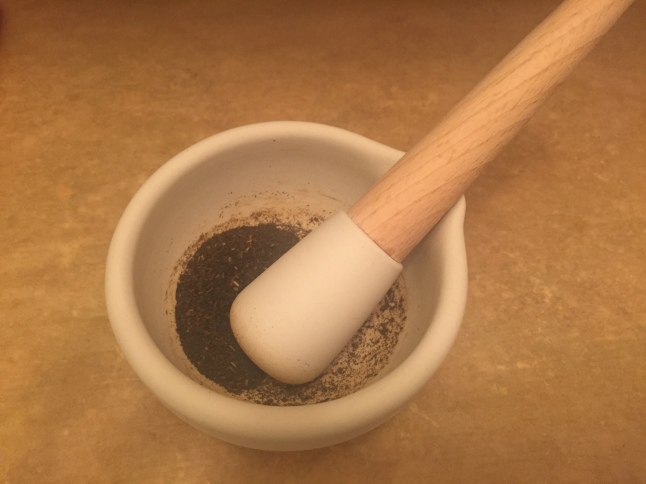 That being said, sometimes it’s perfectly reasonable to “go offline” and trust instinct to guide us in the kitchen. Sometimes precision lies in the imprecision. As in life, occasionally we need to deviate from the path in front of us, the recipe, the method, and allow internal wisdom to navigate.
That being said, sometimes it’s perfectly reasonable to “go offline” and trust instinct to guide us in the kitchen. Sometimes precision lies in the imprecision. As in life, occasionally we need to deviate from the path in front of us, the recipe, the method, and allow internal wisdom to navigate.
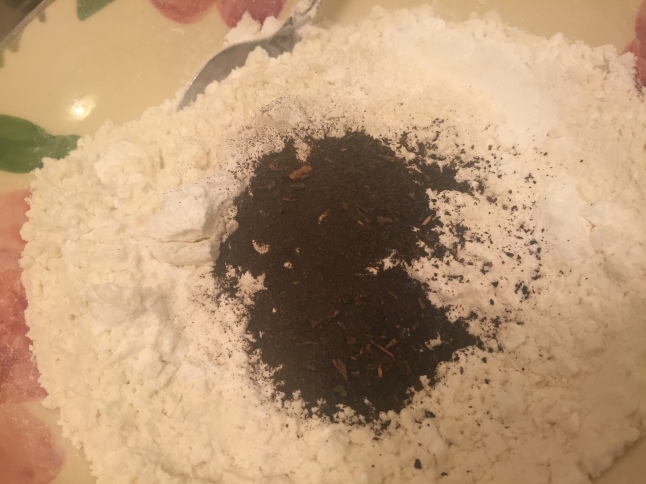 There are an abundance of holiday cookie ideas floating around at the moment, and I was struck by the simplicity of this Japanese tea flavored almond cookie. That’s often all it takes, an idea, an inspiration, and what follows is an outpouring of measures to translate it into something of my own (along with the mental inventory of what is in my pantry). This cookie had me thinking about shortbread. I’ve been making shortbread from a recipe I’ve refined over the years, a mash of several great ideas, that offers a perfect balance of sandiness, crisp and sweet, and I thought about adding a bit of matcha tea powder to flavor the dough.
There are an abundance of holiday cookie ideas floating around at the moment, and I was struck by the simplicity of this Japanese tea flavored almond cookie. That’s often all it takes, an idea, an inspiration, and what follows is an outpouring of measures to translate it into something of my own (along with the mental inventory of what is in my pantry). This cookie had me thinking about shortbread. I’ve been making shortbread from a recipe I’ve refined over the years, a mash of several great ideas, that offers a perfect balance of sandiness, crisp and sweet, and I thought about adding a bit of matcha tea powder to flavor the dough.
As a ran through the park, other variations of tea-infused shortbread cookies came to mind, and by the time I’d arrived home, I’d committed myself to several hours in the kitchen. I was able to produce a batch each of earl grey, matcha and chai varieties before running out of flour…which led to the invention of a rye flour shortbread, flecked with pieces of candied and dried ginger.
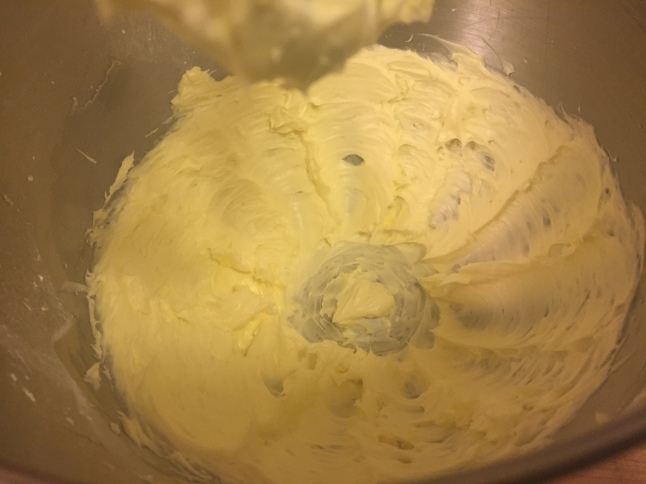 In retrospect, I might boost the salt a bit, add an extra pinch. Increase the tea to 2.5 or even 3 teaspoons, and add a bit of freshly grated ginger to the rye version.
In retrospect, I might boost the salt a bit, add an extra pinch. Increase the tea to 2.5 or even 3 teaspoons, and add a bit of freshly grated ginger to the rye version.
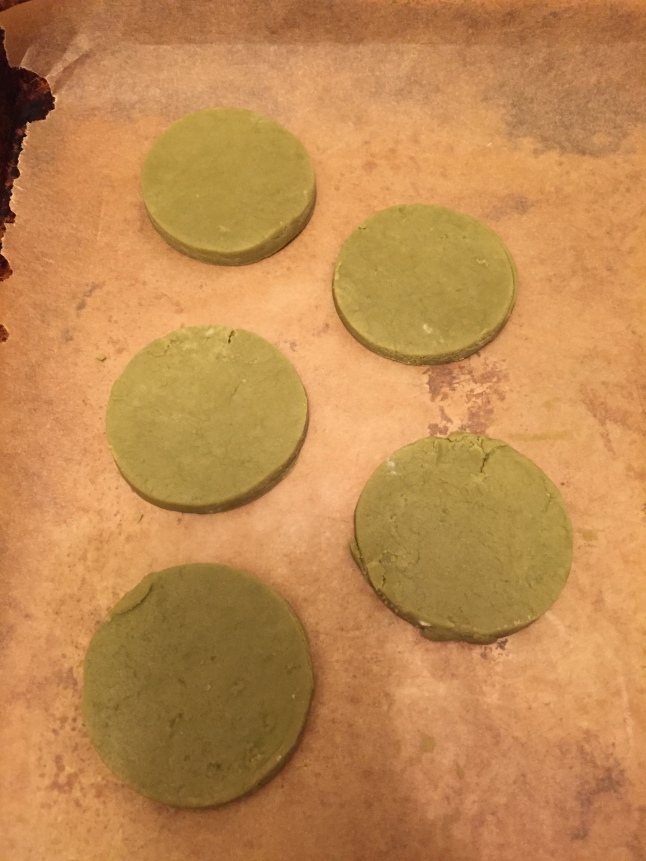 Use the recipes that follow as a template; an approximation of wet:dry, and tailor to suit your taste. Don’t be afraid to make a mistake. Errors are the building blocks to perfection.
Use the recipes that follow as a template; an approximation of wet:dry, and tailor to suit your taste. Don’t be afraid to make a mistake. Errors are the building blocks to perfection.
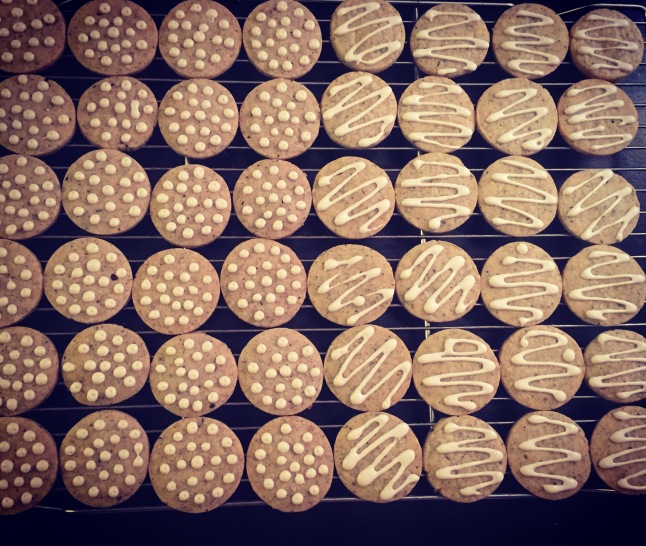 These cookies go well with tea, obviously, or tucked into a lunchsack for an afternoon treat. There are fairly benign and can be justified is eaten any time of the day.
These cookies go well with tea, obviously, or tucked into a lunchsack for an afternoon treat. There are fairly benign and can be justified is eaten any time of the day.
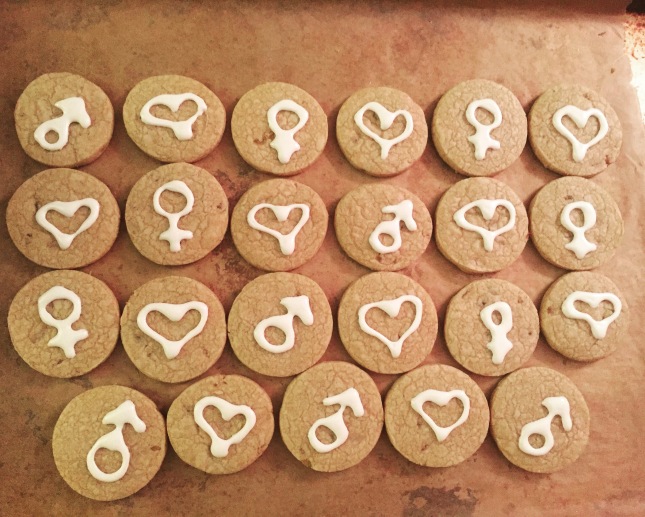 I’m trying a method-driven writing technique, rather than the standard approach, however the ingredients are all there. I hope you enjoy it.
I’m trying a method-driven writing technique, rather than the standard approach, however the ingredients are all there. I hope you enjoy it.
Much Love,
J
Tea-Infused Shortbread
*This recipe includes rye flour, which pairs well with ginger. For a more truly authentic shortbread, use 1 cup unbleached flour, omitting the rye, and 2-2.5 teaspoons of ground tea of choice to sub in for the ginger.
Beat 1/2 cup butter wth 1/3 cup powdered sugar until light and fluffy.
Add to that 1 tbsp fresh grated ginger and 3-ish tbsp chopped candied ginger.
In a separate bowl, combine 2/3 cup unbleached flour with 1/3 cup rye flour, 2 tbsp tapioca flour (if you have it – makes them really light and sandy), 1/2 tsp salt and 1 tsp powdered ginger.
Mix it all together until just combined, then turn out onto some parchment and knead together, minimally.
Roll out 1/4-inch thick, then let dough rest in the fridge for about 30 minutes.
Preheat oven to 325F.
Using cookie cutters of choice, cut and set on parchment-lined baking sheet and bake for ~16 minutes, turning about halfway through. You want them to be just barely golden.
Allow to cool for a couple of minutes on baking sheet, then move to baking rack to cool completely.
Decorate, as desired 😘
This post is dedicated to D. Thank you inspiring me to cook, create, write, not to mention doing the dishes! I miss that.












